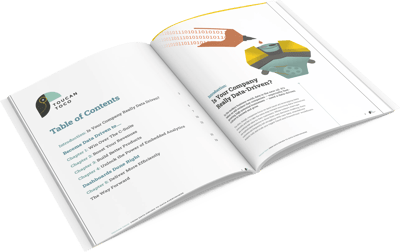Open Data - What is it?
Open data is data that can be accessed, used and shared by anyone.
The term “open data” has been gaining traction in the past few years, with growing calls for governmental transparency. As data literacy rates grow within the general population, citizens are more and more inclined to try and understand their communities, governments and the world through numbers. Open data initiatives answer this need by making sets of data available to the general public. Anyone, including private companies, can upload open data sets, but the issue is particularly important for public agencies and governments. Several countries have put a legal framework in place to make public data available to the public.
While some might still confuse the concept of open data with big Data, even those who understand the basics of the open data movement might be unaware of the specificities of what we call open data. So what does it take for a set of data to be considered “open data” ?
The Open Definition defines open data as data that can be “freely used, modified, and shared by anyone for any purpose”. This implies two things:
- From a legal perspective, everyone can benefit from open data. There cannot be discrimination over the way data will be used. For example, non-commercial restrictions can’t apply.
- From a technical perspective, the data must be available in convenient formats that allows it to be intermixed with other datasets: this is what we call interoperability.
Personally identifiable information is excluded from the framework of open data to protect the privacy of individuals.
From Australia to Canada, public agencies have come up with great ways to share important information with citizens. Discover the 10 best open data portals.



